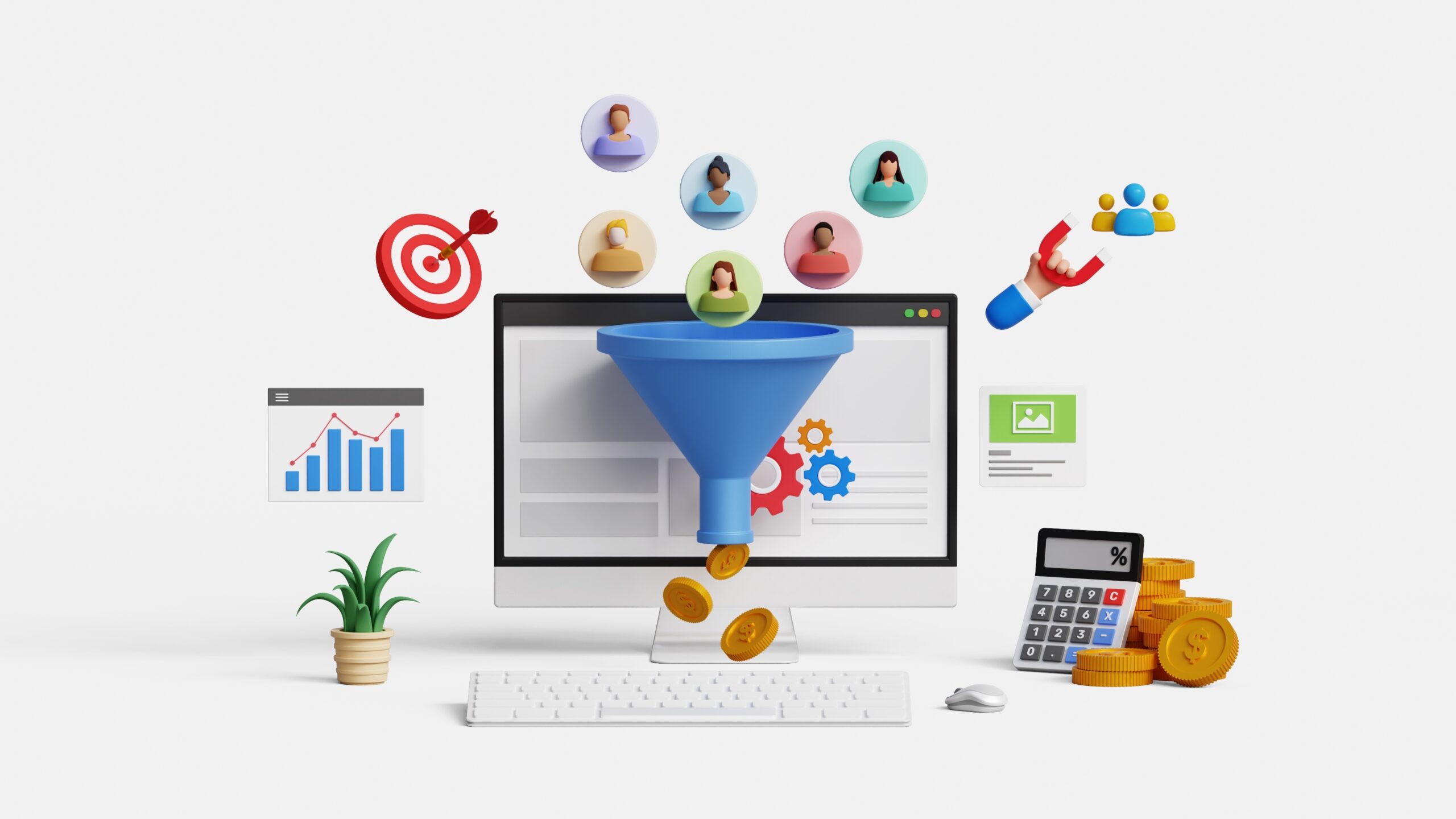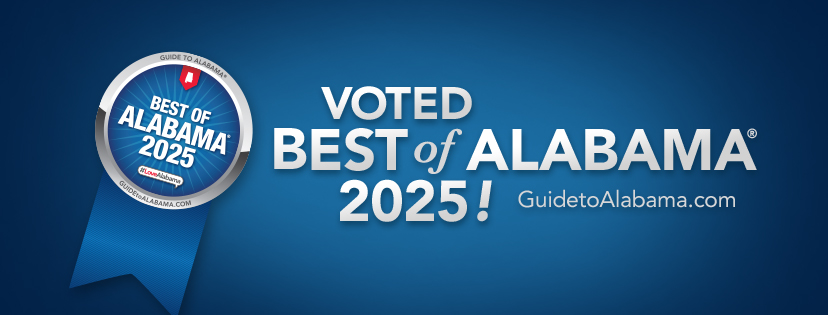In today’s fast-paced world, it can be challenging for purpose-driven brands and charities to capture public attention. While digital marketing plays an essential role, there is still a vital need for more personal, hands-on approaches that directly connect with communities.
This is where sales and outreach programs make a difference. By combining strategic planning with face-to-face engagement, these programs not only drive awareness but also inspire long-term community support.
The Power of Purpose-Driven Sales and Outreach
When a campaign centers around a cause, it naturally resonates with people on a personal level. Purpose-driven outreach focuses not just on selling a product or service but on inspiring community involvement. This human-centric approach builds trust and long-term loyalty, both essential for sustaining awareness and support.
Key Benefits of Purpose-Driven Programs:
- Enhanced Community Connection: Campaigns grounded in a mission create a sense of belonging and shared purpose.
- Increased Engagement: People are more likely to participate when they feel their involvement has a meaningful impact.
- Sustained Support: By fostering personal relationships, these programs encourage continued participation and advocacy.
- Authentic Brand Perception: Consumers value brands that demonstrate a commitment to social responsibility.
Building Effective Sales and Outreach Programs
To maximize the impact of purpose-driven campaigns, organizations must carefully plan and execute their outreach strategies. A well-structured program not only increases awareness but also ensures sustained community involvement. Here are some core components to consider when developing an outreach strategy.
1. Define Your Campaign Objectives
Successful campaigns start with clear and measurable objectives. Whether the goal is to increase awareness, raise funds, or recruit volunteers, having a specific aim will guide the strategy.
Examples of Objectives:
- Increase community participation by 20% within six months.
- Raise $10,000 for a local initiative through community events.
- Recruit 50 new volunteers during a three-month campaign.
Clearly defined goals ensure that every activity aligns with the broader mission, making it easier to track progress and measure success.
2. Understand Your Audience
For a campaign to resonate, it must be tailored to the preferences and values of the target audience. Researching demographic information, community concerns, and local interests will help shape messages that are relevant and appealing.
Tips for Audience Research:
- Conduct community surveys to gauge opinions and priorities.
- Engage with local leaders to understand community dynamics.
- Use social media listening tools to track discussions on related topics.
By understanding what matters most to the audience, campaigns can be designed to address real needs, making them more impactful.
3. Develop a Personal Connection
People are more likely to support a campaign when they feel personally connected to its purpose. Building relationships through face-to-face interactions humanizes the message and fosters trust.
Strategies for Building Connections:
- Host community events where people can meet the team behind the campaign.
- Share stories from individuals who have directly benefited from the initiative.
- Offer opportunities for supporters to actively participate, such as through volunteer work or advocacy roles.
Personal stories and direct engagement make the cause relatable, encouraging people to take action and spread the word.
4. Implement Community-Focused Activities
Outreach programs thrive when they actively involve the community. Instead of focusing solely on promotional efforts, incorporate activities that encourage collaboration and participation.
Community Activity Ideas:
- Organize neighborhood clean-up events to promote environmental initiatives.
- Host interactive workshops that educate the community about the cause.
- Create family-friendly events where parents and children can learn together.
By offering value through community-focused initiatives, campaigns can cultivate long-term relationships and maintain consistent support.
Leveraging Fundraising Campaign Services
To increase campaign effectiveness, many organizations utilize professional fundraising campaign services for charities. These services specialize in creating tailored approaches that boost visibility and support for community initiatives.
Advantages of Professional Fundraising Services:
- Expert Strategy Development: Professionals craft campaigns that align with the organization’s mission and goals.
- Resource Optimization: Access to experienced fundraisers reduces waste and maximizes impact.
- Comprehensive Planning: From budgeting to volunteer coordination, all aspects are efficiently managed.
- Data-Driven Approaches: Campaign performance is tracked and analyzed to refine future efforts.
Integrating professional services can significantly enhance the reach and effectiveness of mission-driven outreach programs.
Executing Awareness Campaigns for Purpose-Driven Brands
Purpose-driven brands also benefit from outreach strategies that go beyond traditional advertising. Awareness campaigns for purpose-driven brands should focus on educating the public about the brand’s mission and fostering direct community involvement.
Key Elements of Awareness Campaigns:
- Storytelling: Share real stories that illustrate the brand’s positive impact.
- Interactive Campaigns: Engage the audience with activities that demonstrate the brand’s commitment to social good.
- Collaborations: Partner with local influencers or organizations to amplify the message.
When awareness campaigns are thoughtfully crafted and strategically executed, they can turn passive audiences into active supporters, boosting both brand loyalty and community engagement.
Measuring Campaign Success
Ensuring the long-term effectiveness of sales and outreach programs requires robust and systematic evaluation. Regularly assessing campaign performance not only helps track progress but also identifies areas where strategies can be improved. By adopting a data-driven approach, organizations can fine-tune their methods, replicate successful initiatives, and ensure that every effort maximizes impact.
Why Measuring Success Matters
Measuring the success of outreach programs is crucial for several reasons. First, it helps organizations justify their resource allocation by demonstrating which strategies yield the best results.
Second, it fosters accountability, as transparent reporting on outcomes builds trust among stakeholders, supporters, and donors. Finally, continuous measurement enables organizations to adapt to changing circumstances, ensuring that their campaigns remain relevant and effective.
Key Benefits of Campaign Measurement:
- Resource Optimization: Identifying high-impact activities ensures that resources are directed where they make the most difference.
- Strategic Adjustments: Real-time insights allow teams to pivot strategies when necessary.
- Stakeholder Confidence: Demonstrating measurable outcomes builds trust and secures ongoing support.
- Continuous Improvement: Regular evaluation helps refine approaches for greater future success.
Metrics to Monitor
To thoroughly evaluate the impact of sales and outreach programs, organizations should focus on both quantitative and qualitative metrics. Combining these approaches offers a holistic view of how well the campaign performed and what can be improved.
Event Attendance
Tracking the number of participants at events is a fundamental metric that reflects community interest and engagement. Whether it’s a community fundraiser, an awareness walk, or a local workshop, high attendance often indicates effective promotion and community relevance.
How to Track Attendance:
- Use sign-in sheets or digital registration platforms to accurately count participants.
- Employ QR code check-ins for tech-savvy audiences to streamline the process.
- Track recurring attendees to measure sustained interest over multiple events.
What High Attendance Tells You:
- The campaign effectively reached its target audience.
- Promotional strategies were successful in drawing attention.
- There is community interest in the cause or event format.
If attendance falls short of expectations, consider revisiting outreach methods, event timing, or community involvement strategies. Engaging with local leaders or influencers could also boost visibility and participation.
Donation Amounts
For fundraising-focused campaigns, tracking the total amount of donations is essential. However, it’s equally important to analyze the patterns within these figures, such as the average donation size and the distribution of contributions across different fundraising activities.
Strategies for Tracking Donations:
- Use digital payment systems that automatically record and categorize donations.
- Segment data by event type, campaign phase, or donor demographics to identify patterns.
- Monitor repeat donations to gauge long-term supporter loyalty.
If donation amounts are lower than anticipated, investigate whether the messaging was compelling enough or if potential donors needed more clarity on how their contributions would make an impact.
Sustainable Growth Through Purpose-Driven Campaigns
The goal of any mission-driven campaign should be to create sustainable change. By fostering ongoing community engagement, providing leadership opportunities, and continually assessing impact, organizations can ensure that their efforts have a meaningful and lasting effect.
At Rising Star Executives, we are committed to helping mission-driven organizations create lasting impacts through strategic sales and outreach programs. Our team focuses on building authentic connections and fostering community involvement to ensure every campaign is both meaningful and effective.
If you’re ready to elevate your mission-driven outreach, reach out to Rising Star Executives today. Let us help you develop a strategy that truly makes a difference.


